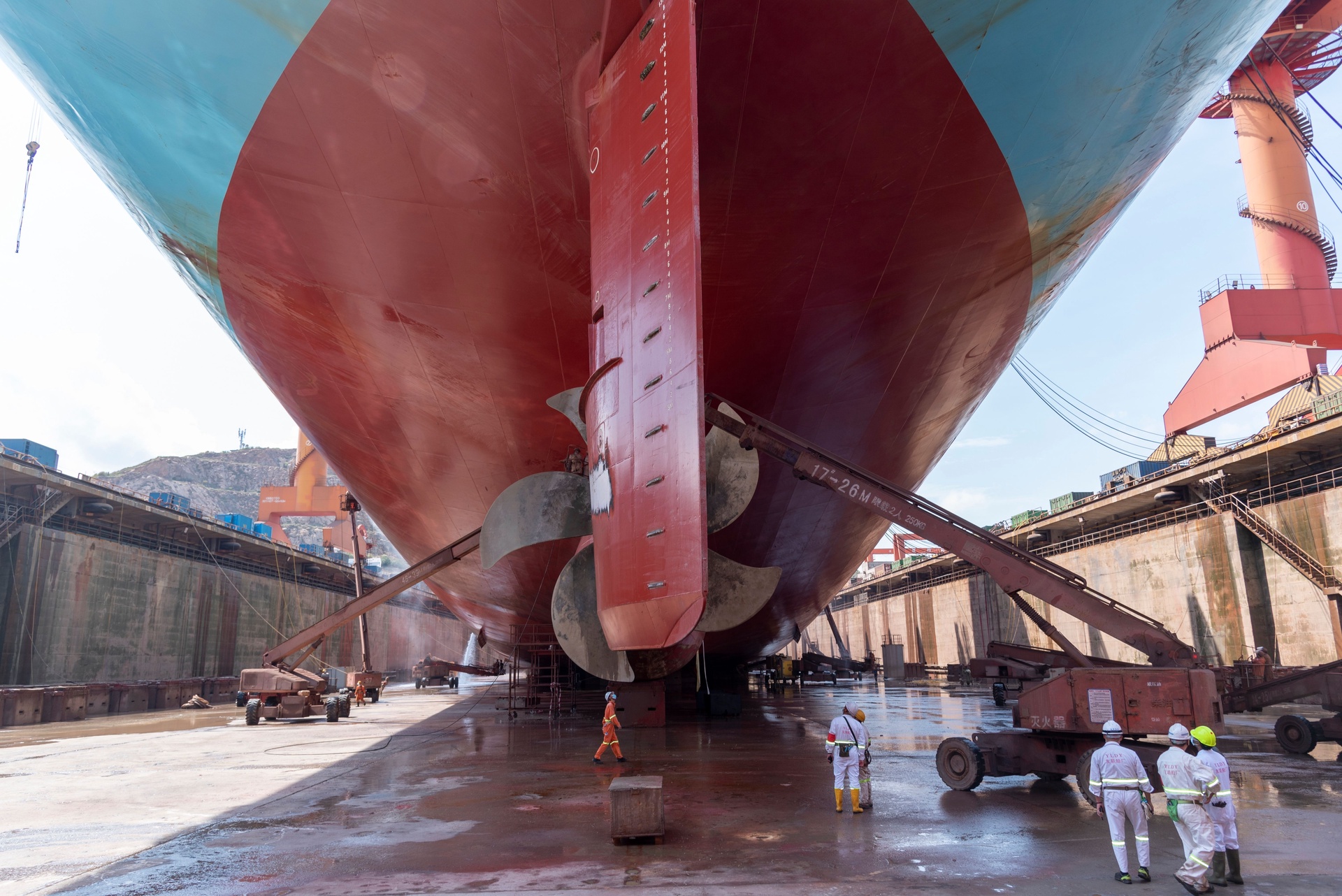Although Asia as a region learned from the 1997 Asian financial crisis and the 2008 global financial crisis to maintain higher capital ratios, certain banks across the region are still facing challenges in implementing the proper infrastructure to comply with key ratios outlined in Basel III. Is Basel III really as easy for Asian banks to implement as analysts have been saying? Well, it depends on where you go in Asia.
Banks across Asia are implementing Basel III guidelines, but most banks in the region, have emerged from the 2008 global financial crisis relatively untouched, and are on their way to meeting the rigid capital requirements set by the Basel Committee.
At first glance, it appears that Asian banks are fully prepared to tackle the various capital and liquidity requirements outlined in Basel III. But Asian banks appear to be each taking a unique approach to complying with Basel III regulations, as regulators in different countries implement it differently.
But there are two issues that banks across Asia Pacific are facing in terms of fully complying with Basel III. One being the capital adequacy ratio, and the second being the liquidity coverage ratio. Banks have been building there infrastructure to meet these needs, along with on boarding top talent in compliance and fund management to ensure that their institutions are able to meet the higher standards outlined in Basel.
Singapore, Malaysia and Philippines are Leading in Basel III compliance
According to recent research by Moody’s that was published in June 2015 in a note called “ASEAN Banks well Placed for Basel III Capital and Liquidity Ratio Compliance,” Alka Anbarasu, Vice President and Senior analyst at Moodys, states that banks across the ASEAN region have raised enough capital to be compliant to Basel III guidelines.
“Based on our preliminary assessment, over the next 12-18 months, rated banks in the ASEAN region, are well-capitalized to meet the higher minimum capital requirements under Basel III, even after taking into account the additional buffers and credit growth,” wrote Anbarasu.
Moody's points out that liquidity coverage ratios (LCRs) have already been implemented in Singapore and Malaysia. Given the predominance of retail funding as well as government bonds in the investment portfolio, Moody's expects most rated banks in the region will be able to comply with the 60% minimum requirement by the end 2015; in many cases banks are already 100% compliant.
The Philippines is an ideal example of how ASEAN banks have been quickly moving towards complying with Basel III’s rules, mainly with the force of the local regulator to quickly comply with the global regulations.
“The Philippines adopted an aggressive approach, by requiring all the banks to meet fully loaded Basel III requirements immediately, without the benefit of a phase-in period,” Gene Fang, Head of Credit Analysis, Asia Pacific Moodys, told The Asset. “
Singapore, the model nation that has been aggressively complying with international standards outlined in Basel III, has ensured that all banks follow the standards. In order to do this, managing funding and capital are critical.
OCBC Bank has been leading in this aspect even while acquiring Wing Hang Bank, a local bank in Hong Kong, to expand across North Asia and to truly become a regional Asian bank.
“We maintain a strong funding and capital position. With our successful acquisition of Wing Hang Bank in Hong Kong completed last year, we have secured a stronger deposit franchise in the region. At the same time, our access to the US dollar and Renminbi has been significantly enhanced with our enlarged presence in Greater China today,” Ang Suat Ching, Head of Funding & Capital Management, OCBC Bank told The Asset in an interview.
“Our strong capital position and our correspondingly high credit rating, in turn, will enable us to readily access diversified sources of funding at attractive levels, thereby enhancing our ability to capture growth opportunities whenever they arise,” she added.
China slowdown posing a risk to Hong Kong and Taiwanese Banks
Hong Kong banks are strong, according to Jonathan Cornish, managing director and head of North Asia Banks, at Fitch Ratings. “They have fewer risks, have better asset quality and loan books, and they are quite stable overall."
But one of the major risk to the retail banks across Hong Kong is the economic slowdown that China is facing, especially as Hong Kong banks continue their journey to find new streams of revenue in Mainland . “If China continues to slow down, if that is something that either they need to do or the government ask them to do, then that will have a knock-on effect to the operating environment in Kong Kong,” said Cornish.
Taiwanese banks, like Hong Kong banks, have built large capital buffers, as their average Tier 1 capital ratio was over 9% at the end of 2014, and only 13 out of the 47 banks in Taiwan at that time did not have enough capital to meet the 2019 target of 8.5% Also like Hong Kong, Taiwanese banks are seeking to continue to establish branches across Mainland China, which will compel regulators to force them to retain more capital in the coming years. Both Hong Kong and China will have to continue to keep their eye in China to keep their capital high and of high quality.
Indian and Chinese Banks Facing Significant Challenges
Outside of ASEAN, the picture becomes murkier, and certain regions in Asia are still facing challenges meeting key demands outlined in Basel III. Fang points out that that Indian banks are currently facing significant challenges in complying with Basel III due to a variety of reasons.
“Among major Asian banking systems, Indian public-sector banks face the greatest challenges in meeting Basel III requirements, due to a legacy of weak asset quality, low reserves, and thin profit margins. These banks have experienced significant asset quality deterioration since 2011. Rising NPL’s have eroded loan loss reserves, and required greater provisioning expenses out of earnings. While the Indian government includes capital injections for these banks in the federal budget, the budget allocation has declined and now comes with stricter profitability requirements. The banks also face low market valuations, which impede further capital raising from the market,” said Fang.
Chinese banks have also been facing significant challenges in complying with Basel III as the CBRC has been pushing all retail banks to fall in line with the standards. China has 145 city commercial banks and more than 460 rural commercial banks. Most of these banks are small compared to the few that are listed and operate only in a few countries and cities, posing little risk in creating a crisis.
But the CBRC has still forced Chinese commercial banks to meet at least the basic requirements of Basel III. This will be challenging to many city and rural Chinese banks, as this is the first time that small banks have been forced to boost capital and employ sophisticated methods in evaluating risk.
"The majority of the personnel in the small Chinese banks lack knowledge and expertise of assessing risks," said Spark Wang, a regulatory intelligence expert at Wolters Kluwer Financial Services in Shanghai recently said.
"Without knowing enough about the legacy of the Basel I and II projects or enough working experiences in sophisticated financial market, it's difficult for a Basel III team to sort out and handle complicated risks,” Wang added.
Many of these banks like the expertise and personal to do this, as many of them did not even follow Basel I and II. As Indian banks and Chinese banks continue to move forward with complying with Basel III ratios, other challenges are lurking across Asian banks.
Localization of Liquidity Management is a Real Concern
Banks across Asia are finding ways to comply with liquidity ratios outlined in Basel III, but the challenge has become understanding and complying with local regulations and building a system that works across the region, as many banks across Asia are attempting to become regional.
“I think the challenge in Asia is not about the difficulty to comply with the liquidity ratios set by Basel III. The challenge is more about the difficulty to establish a coherent liquidity management framework across the region considering the high level of disparity between each country’s interpretations of the Basel III liquidity rules,” Yves Tomballe, Head of Market and Liquidity Risk Asia Ex Japan, Bank of Tokyo-Mitsubishi UFJ told The Asset. “Each country has produced or will soon produce a specific framework that banks have to comply with that is very personal to each country’s domestic market specificities. While it is best to tackle the challenges of the domestic markets, it also makes it harder for a bank willing to manage its liquidity position regionally to reduce costs. The localization of liquidity management is a real concern and could further put global banks at a disadvantage against local banks in each country where they are active,” said Yves.
According to Yves, countries that will face the most issues are the ones with have small government bond markets and a lack of high quality liquid assets.
“Australia, for example, has chosen to be creative in addressing the lack of domestic HQLA by creating a liquidity pool (CLF). Vietnam, however, has chosen a more lenient approach at first by only imposing a 5% consolidated LCR, far from the 100% Basel III target. Other countries such as Singapore have chosen to only impose LCR on a certain selection of banks deemed systemically important. Asian countries need to be very careful in their implementation of these ratios if they do not want to face unintended consequences, such as a liquidity dry-up in domestic bonds. For banks to be able to transform their High Quality Assets into cash in times of crisis they need a liquid market. Otherwise the government will once again be the only provider of such liquidity which is exactly what the LCR framework is intended to avoid,” said Yves.
What’s next?
For banks across Asia that have already complied with Basel III guidelines, banks will have to continue to follow their domestic regulators as they may want to create more frameworks or even intensify requirements.
In the next few years, regulators across Asia may consider if they want to force more capital requirements on important domestic banks. There are also other important points that regulators across Asia need to work on, such as ensuring that smaller commercial sized banks have the expertise and infrastructure to report data to regulators and access risk.









